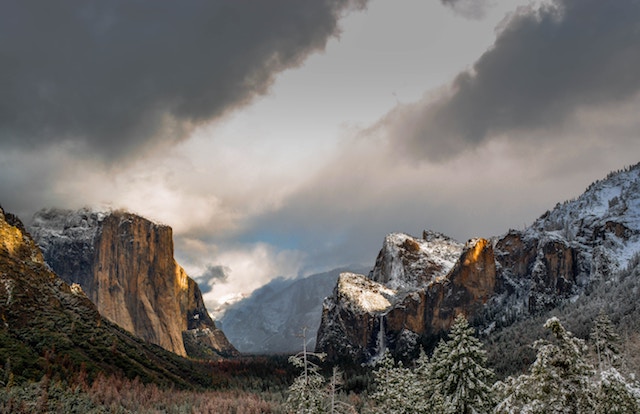by Ramkumar Krishnan, Contributor
America’s national parks are one of the nation’s greatest assets. They preserve and protect vital ecosystems and offer people from all over the world the chance to experience the beauty and majesty of these great spaces.
Despite their often-remote locations and wild habitat, however, national parks and other protected lands are not entirely disconnected from the rest of the country. There are an estimated 1,500 telecommunication towers dotting the hills and mountains of our national parks. They serve a variety of roles, from maintaining emergency communications for rangers and first responders to providing mobile phone and data connections that enhance the safety and enjoyment of the public. Many of the towers also provide a valuable reoccurring revenue stream to individual national parks..
These vital communications connections must themselves be connected to the electric power they need to operate, linked by poles and hundreds of miles of wires to the local utility grid. Because of their location, this can mean powerlines have to run many miles through rugged terrain and up slopes.
Installing and maintaining those power lines is extremely expensive, especially compared to the amount of power that’s consumed at the end of the line. The local utility also has to keep the path clear of trees and other vegetation as a safety measure: If those remote lines should become downed in a storm or strong wind, they could spark a devastating wildfire.
We’ve seen such electrical fires in wild areas of California in the past two years, with devastating results not only to the land but also to people and property in nearby communities. The Camp Fire in Butte County took more than 85 lives and destroyed the town of Paradise. While the cause of the deadliest and most destructive wildfire in the state’s history is still under investigation, a downed power line in the area was detected just a few minutes before the fire was first reported.
Instead of incurring the expense and taking the huge risk that comes with these connections to the grid, we can choose another way. We can provide the power these remote facilities need with microgrids that combine solar generation with new battery technologies that offer low-cost, reliable, and environmentally friendly backup power.
An array of high-efficiency solar panels generates enough power to operate the equipment during daylight hours as well as charge the backup battery system. At night, everything switches over automatically to battery power. Depending on location and prevailing weather patterns, the battery system can be sized appropriately to provide power for several days of low solar generation.
The advent of rechargeable Zinc-air battery systems makes these microgrids highly attractive both economically and environmentally. Older generations of microgrids used lead-acid batteries because of their low cost – but in addition to being environmentally damaging, they also needed to be replaced every two years or so. Not only does the latest generation of Zinc-air technology eliminate those environmental hazards, it lasts far longer, making it extremely cost-effective by comparison.
A self-contained microgrid eliminates the need for any connection to the public grid. Gone are the wires and poles, and with them the danger of downed wires and resultant wildfires.
These microgrids already provide for energy needs in remote areas around the country and the world, from farming villages in Indonesia to the top of the second-highest peak in Great Smoky Mountains National Park. That’s where Duke Energy used this technology to power an emergency communications station on a disused, historic fire tower atop Mt. Sterling.
Reaching the 5,842 summit had required more than 3.5 miles of power lines and poles, with terrain so rugged that it sometimes required crews to bring parts in via helicopter. That terrain also made it exceptionally tough and expensive to keep vegetation clear of the lines. Now, with 12.6 kW of solar panels and 95.1 kWh of battery capacity, the utility lines are gone and the 13 acres of cleared land surrounding them allowed to revert to natural habitat.
The risk of fire from a downed wire is gone, as is the damage to habitat – and at a net savings. The cost of the entire microgrid was far below what it would have cost the utility to upgrade the aging poles and wires it replaced.
We’ve lived with the danger and habitat impact of grid connections in our remote parks and wilderness areas for decades because there were no better alternatives. Thanks to advances in solar and battery technology, we don’t have to any longer – and we can even save money in the long term. There aren’t very many better wins for our National Parks than that.
Ramkumar Krishnan is Chief Technology Officer at NantEnergy.





